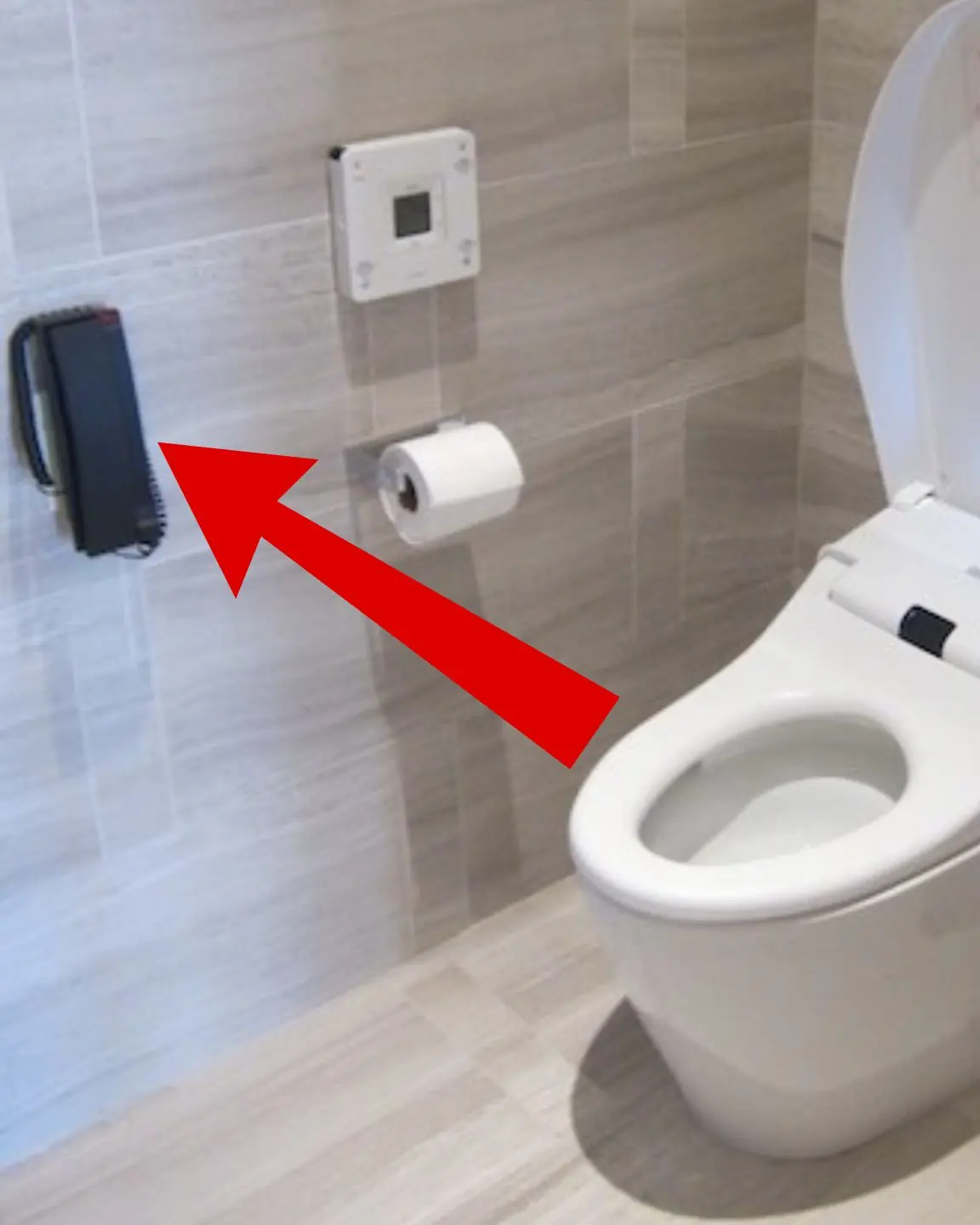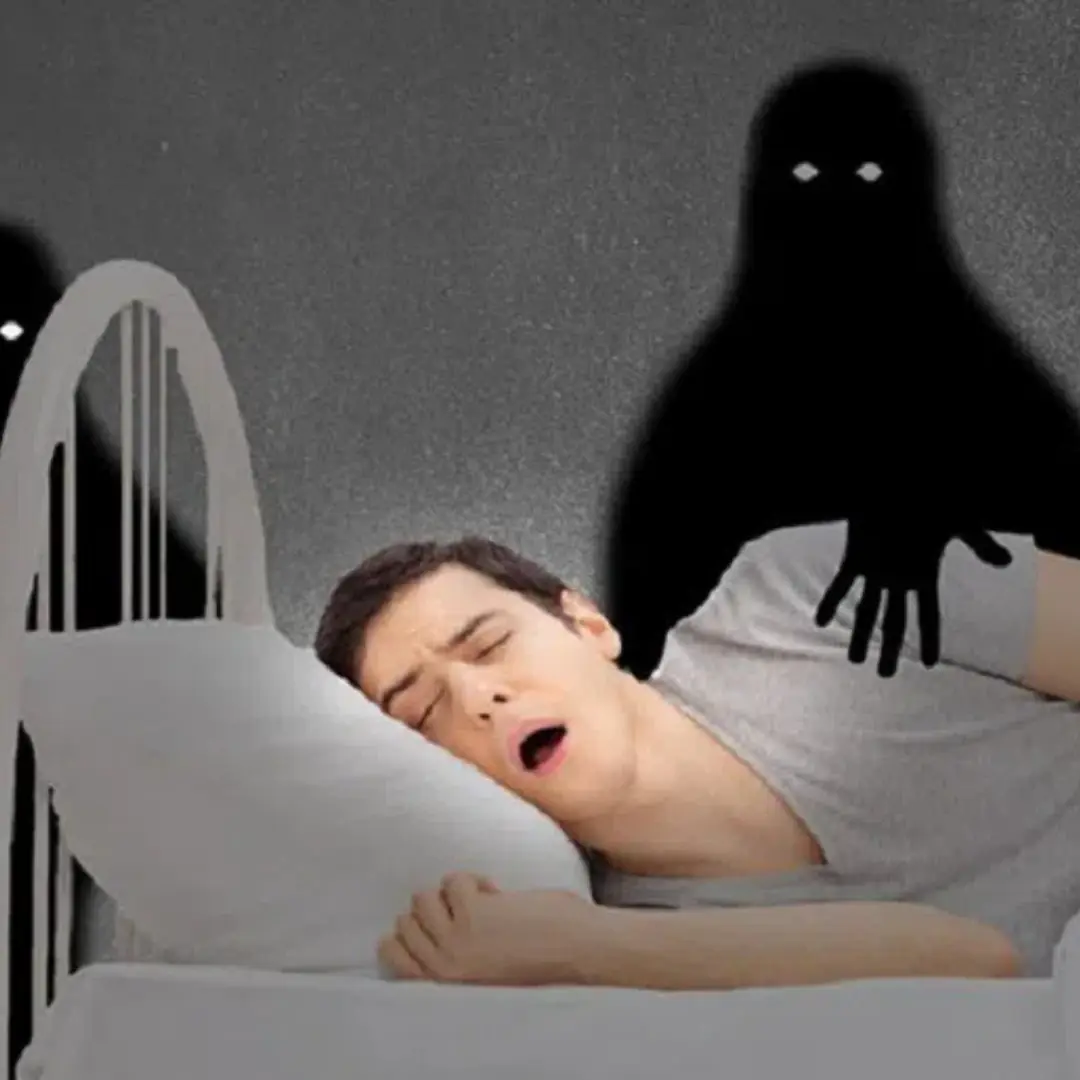
Defrosting Meat with Hot Water Is WRONG — and a Dangerous Invitation for Bacteria to Enter Your Body!
It Took Growing Gray Hair to Realize: Defrosting Meat with Hot Water Is WRONG — and a Dangerous Invitation for Bacteria to Enter Your Body!
Many people unknowingly defrost meat this way.
Using hot water to thaw meat seems like a convenient shortcut, especially when you’re in a rush to cook. However, this seemingly harmless method actually poses serious health risks — because instead of killing bacteria, hot water can create the perfect environment for them to multiply rapidly.
The "Danger Zone" for Bacterial Growth
According to food safety experts, temperatures between 5°C and 60°C (41°F to 140°F) are known as the "danger zone" — the range in which harmful bacteria thrive.
Hot water used for defrosting often falls right within this temperature range. Under these conditions, bacteria like E. coli, Salmonella, and Listeria can multiply exponentially in just a few hours.
In fact, food safety experiments in the U.S. have shown that leaving food at room temperature (around 25–30°C / 77–86°F) for just two hours can cause the bacteria count on the surface to quadruple or quintuple.
If you soak meat in warm water (about 40–50°C / 104–122°F), bacterial growth can surge even faster, as this temperature is ideal for proliferation but not hot enough to kill the pathogens.
Outer Layer "Cooks" While the Inside Stays Frozen
Many mistakenly believe that hot water cleans or kills bacteria on meat.
However, unless the water is boiling (over 100°C / 212°F) and the meat is cooked thoroughly — which never happens during defrosting — bacteria will not be eliminated.
Instead, the warm temperature only makes the meat's surface more vulnerable to bacterial contamination.
Another hidden danger is the uneven thawing:
While the outer layer of the meat warms up quickly, the inside can remain frozen solid, creating a "safe haven" for bacteria to multiply unchecked.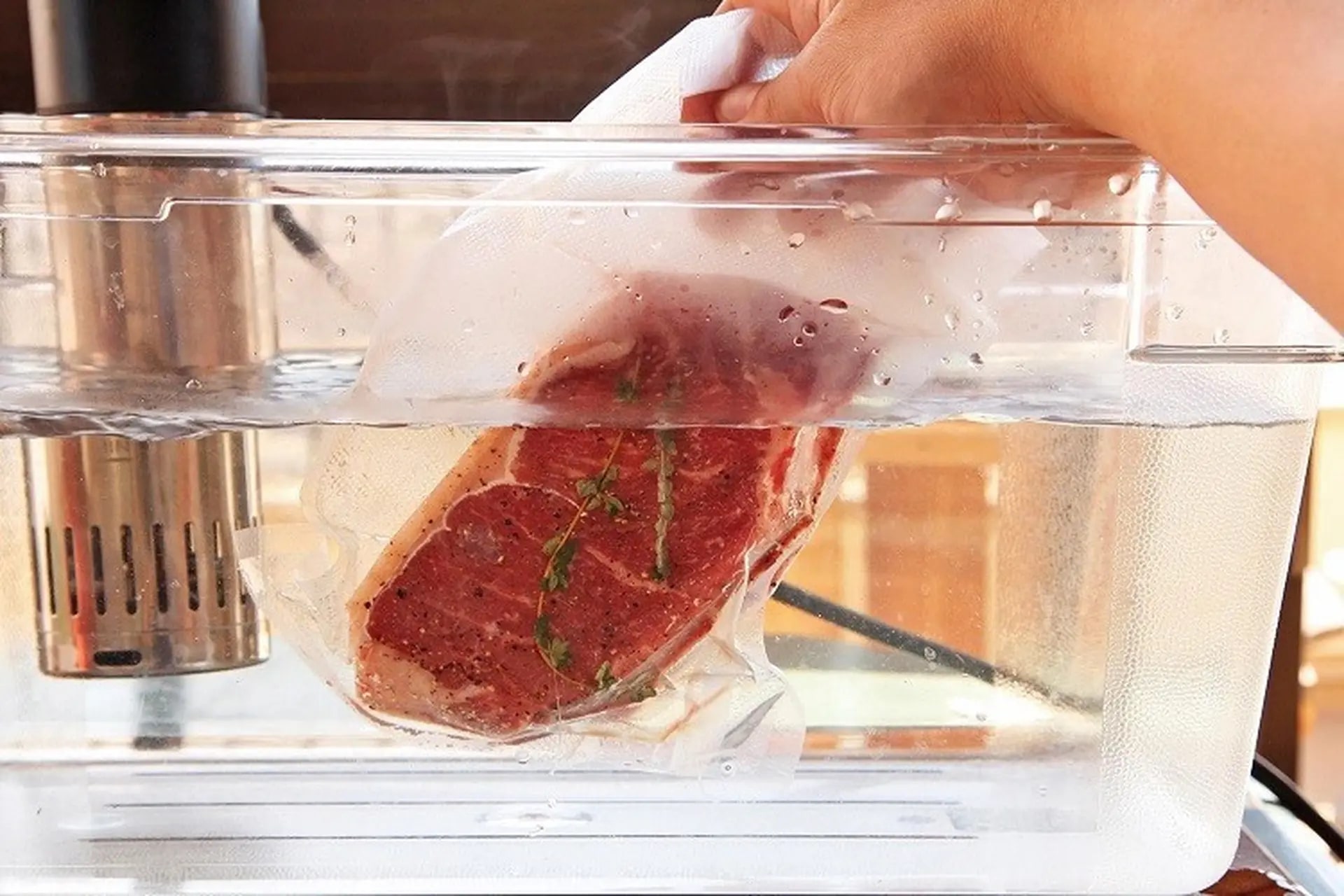
Meat Loses Nutrients and Spoils Faster
Beyond the bacterial risk, defrosting meat in hot water can also damage its quality.
The rapid thawing causes the ice crystals inside to melt too quickly, breaking down the protein structure and depleting vital vitamins.
This leads to meat that leaks water, becomes dry, bland, and nutritionally poorer.
Additionally, hot water thawing usually leaves meat exposed to the air for too long — a major food safety violation.
If thawed meat isn't cooked immediately, bacteria will continue to grow, making the meat spoil faster and increasing the risk of foodborne illnesses.
A Safer Way to Defrost Meat
For safe thawing, the best method is to move meat from the freezer to the refrigerator 8–12 hours before cooking.
If you need a quicker option, seal the meat in a zip-lock bag and submerge it in cold water, changing the water every 30 minutes.
In short, never soak meat in hot water or leave it at room temperature for hours to defrost.
Small habits like these can turn an ordinary meal into a hidden danger for your entire household's health.
News in the same category

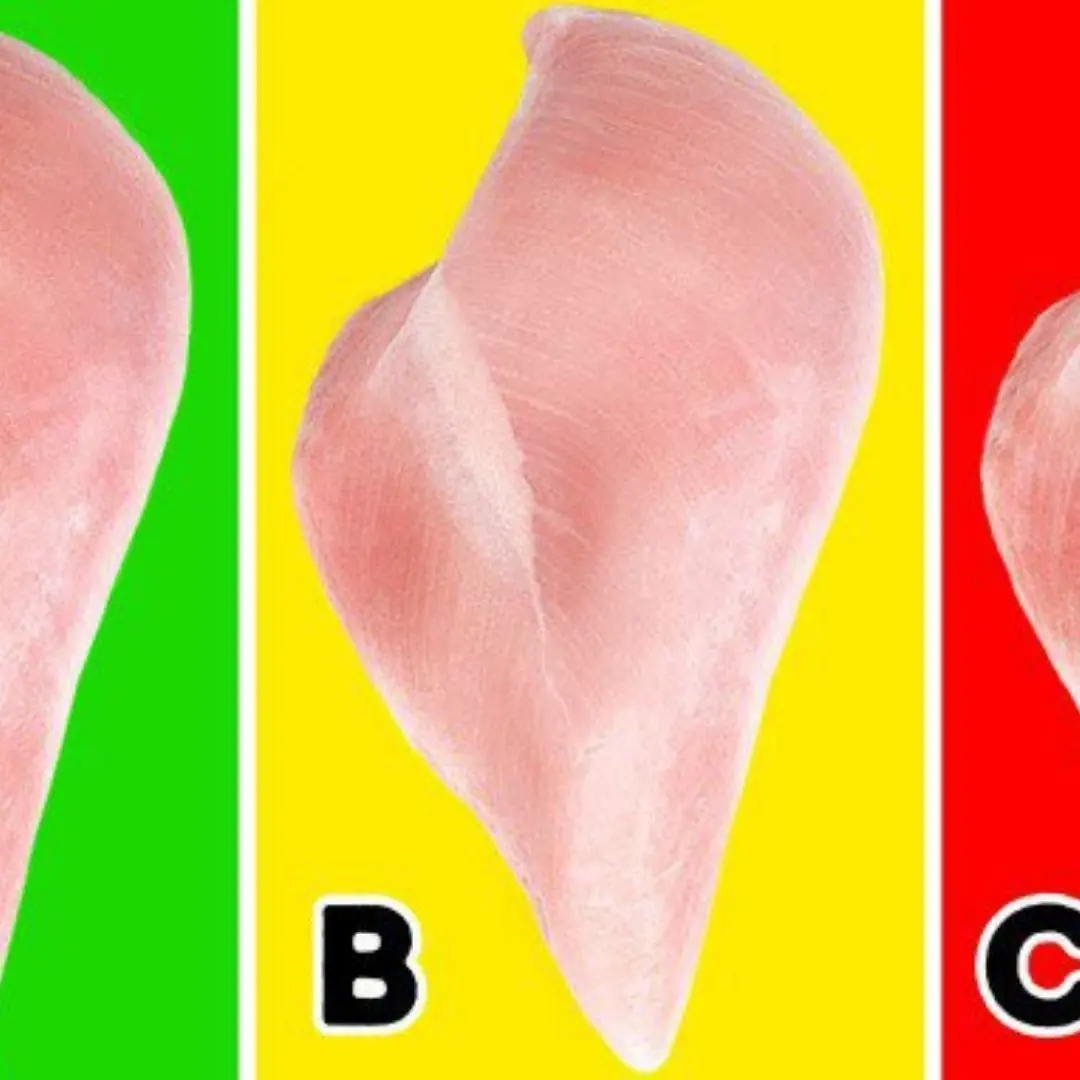
Chicken with white stripes: Should you eat it or should you throw it away? Hear the experts' answers
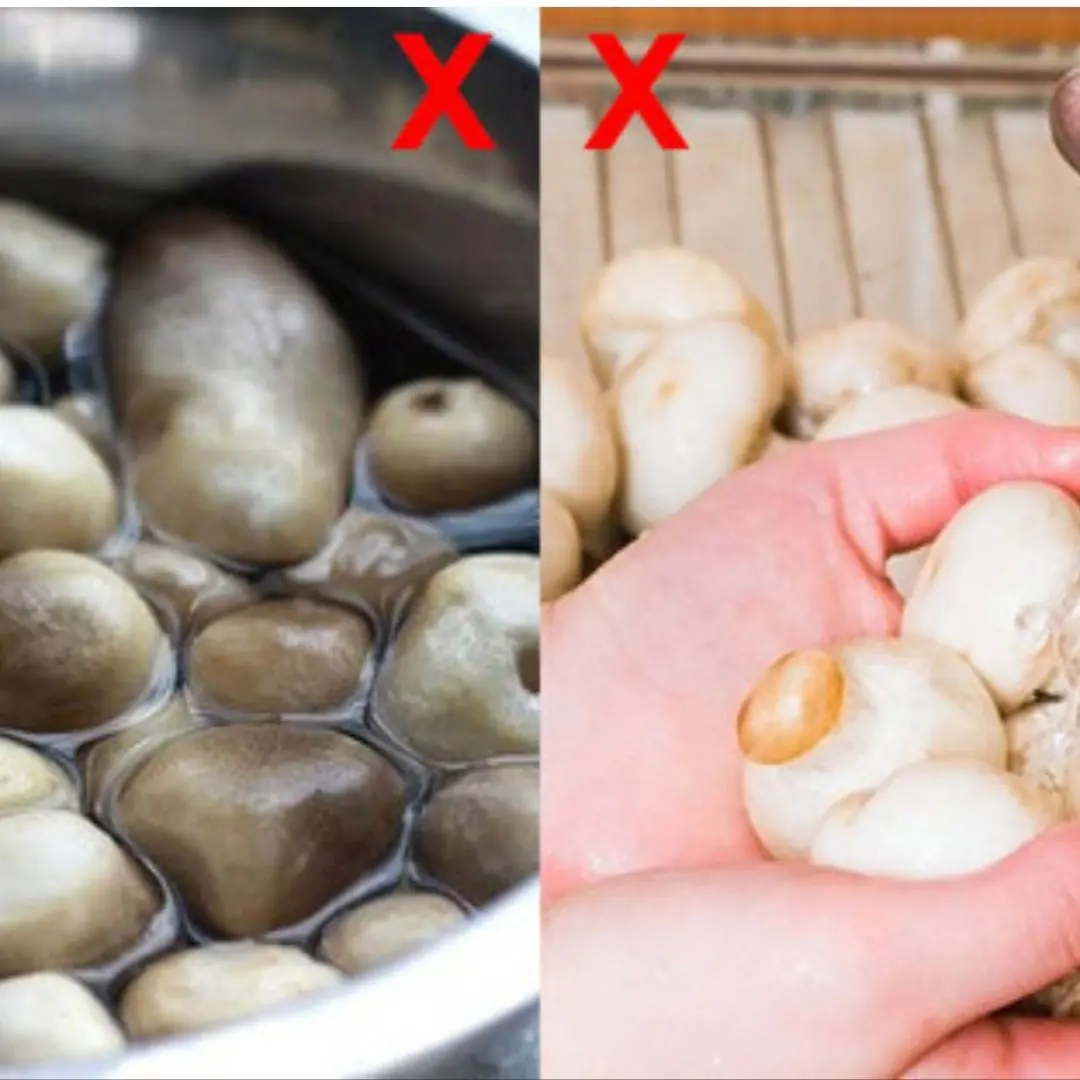
Simply washing mushrooms with water isn’t clean enough — add this and dirt will come off automatically

Never ever remove this plant from your garden, it is extremely valuable
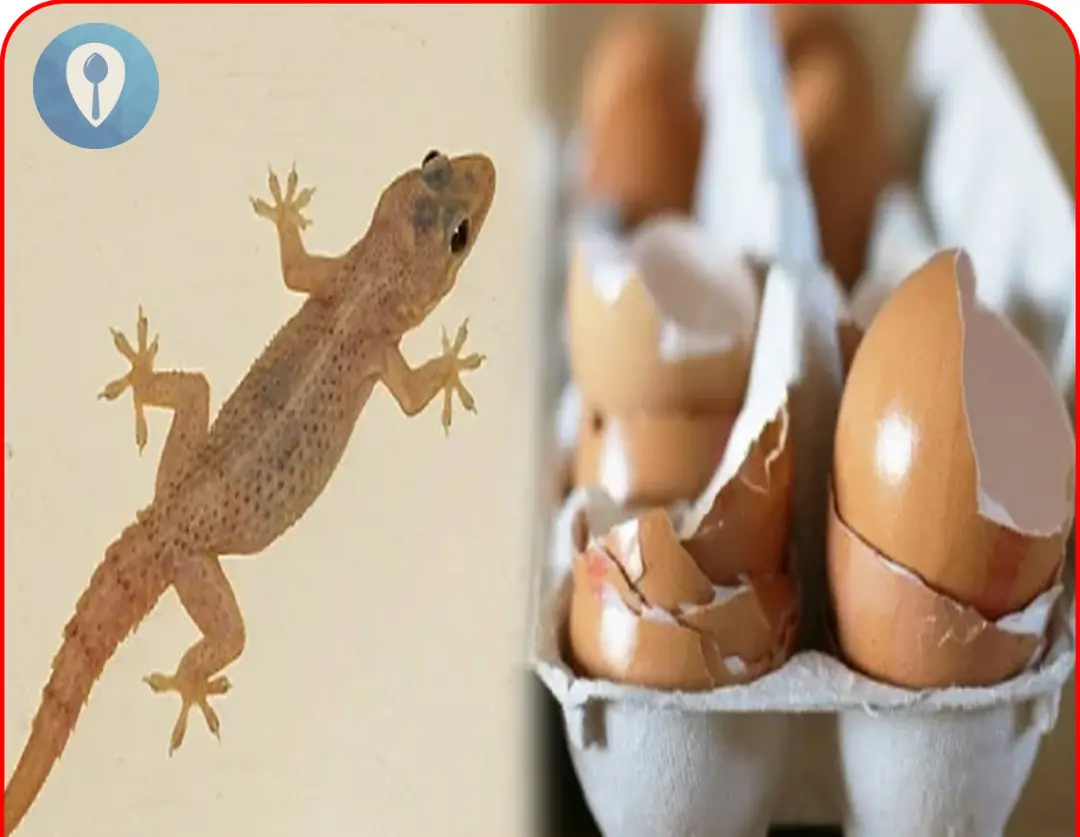
Too many geckos in the house, here's a little trick to make them 'go away and never come back'

Quick and Easy Garlic Peeling Hacks: Save Time and Keep Your Hands Odor-Free
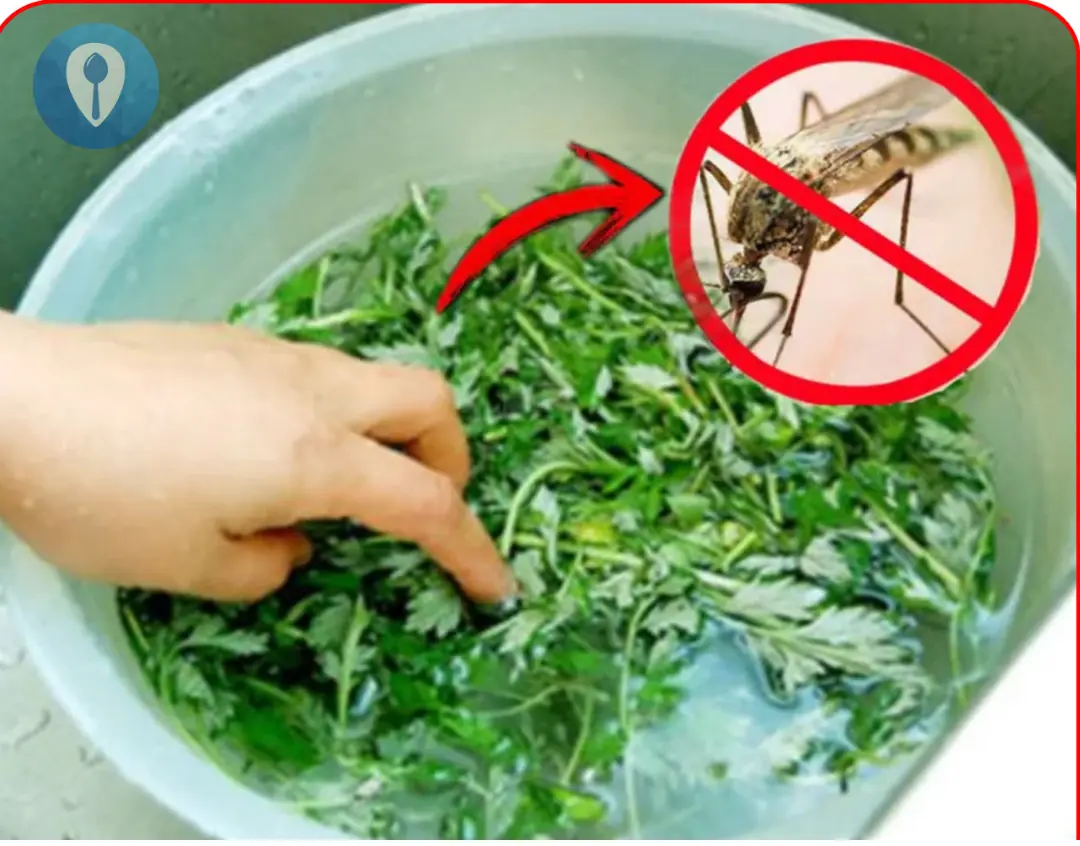
Crush this handful of leaves and place it in the room.
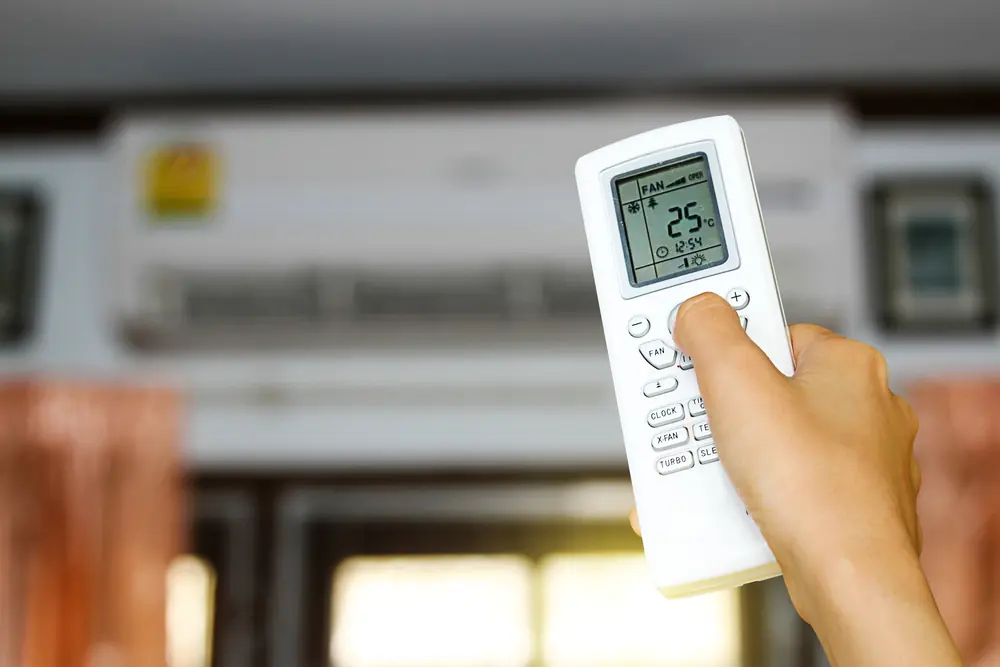
5 Costly Mistakes That Spike Your Electricity Bill and Harm Your Health: Are You Using Your Air Conditioner All Wrong?

4 types of to.x.ic pots and pans to avoid
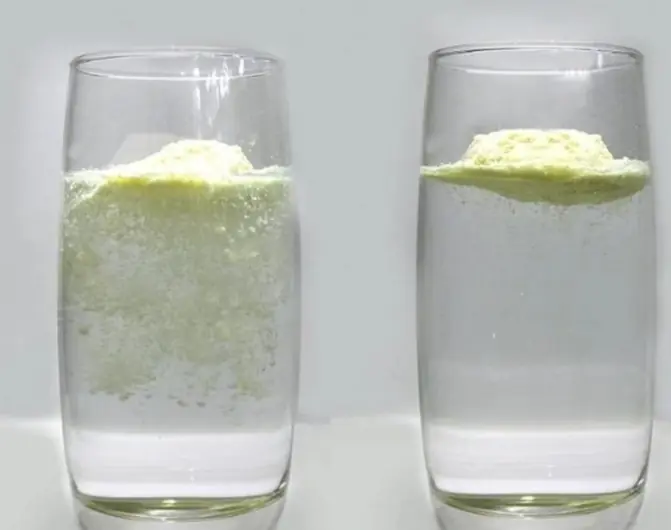
How to differentiate real from fake powdered milk accurately
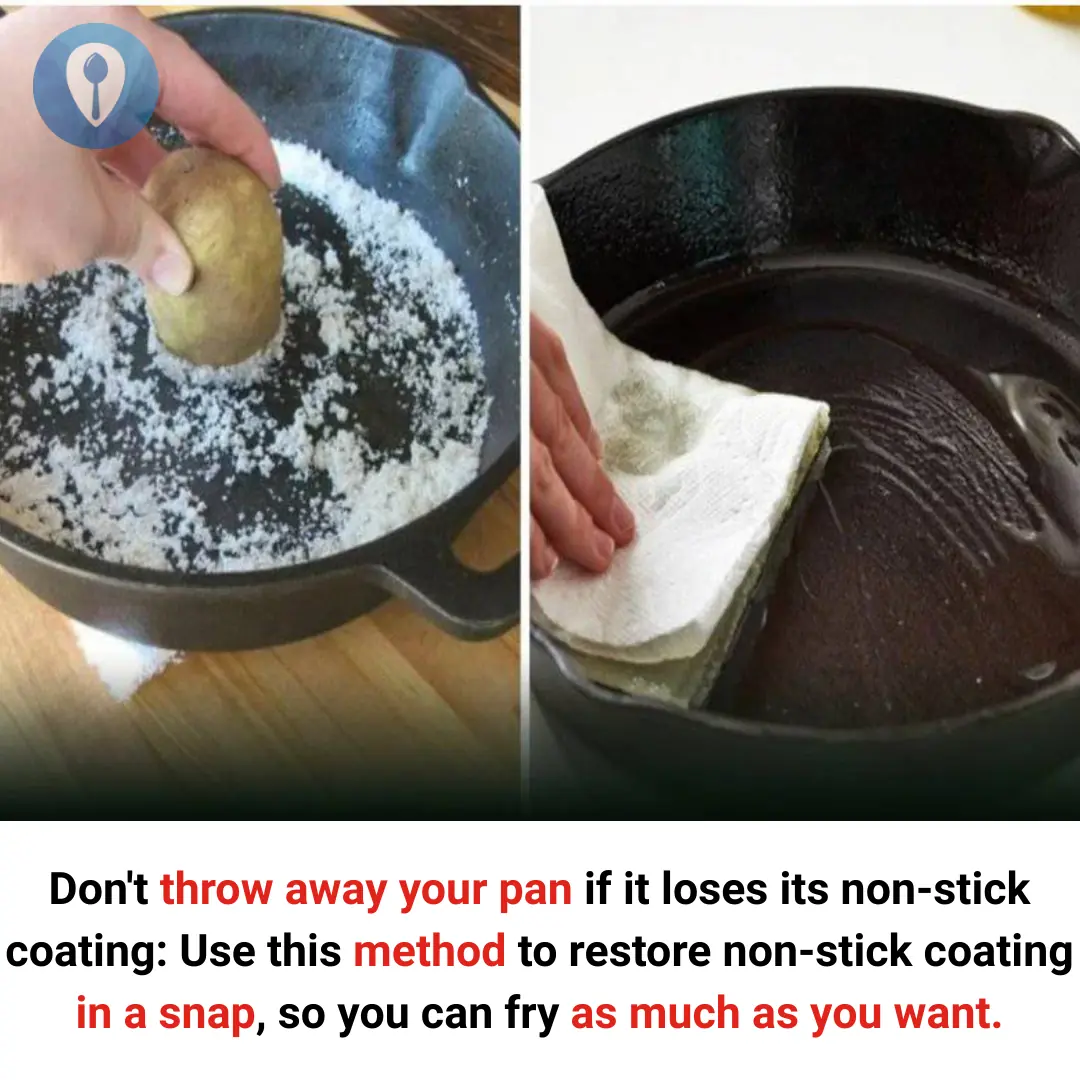
Don't throw away your pan if it loses its non-stick coating
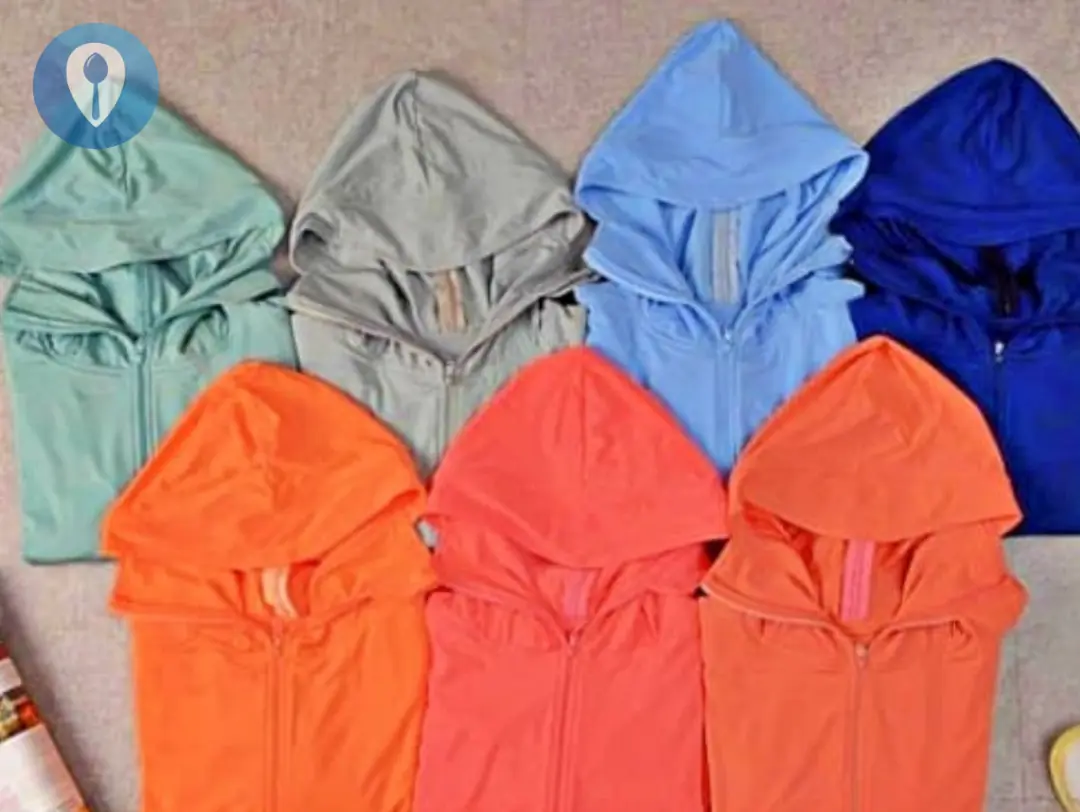
What color and material of sun protection shirt blocks UV rays and heat best? It turns out many people choose wrong

Apply Toothpaste to Your Kitchen Knife – The Brilliant Hack Everyone’s Trying
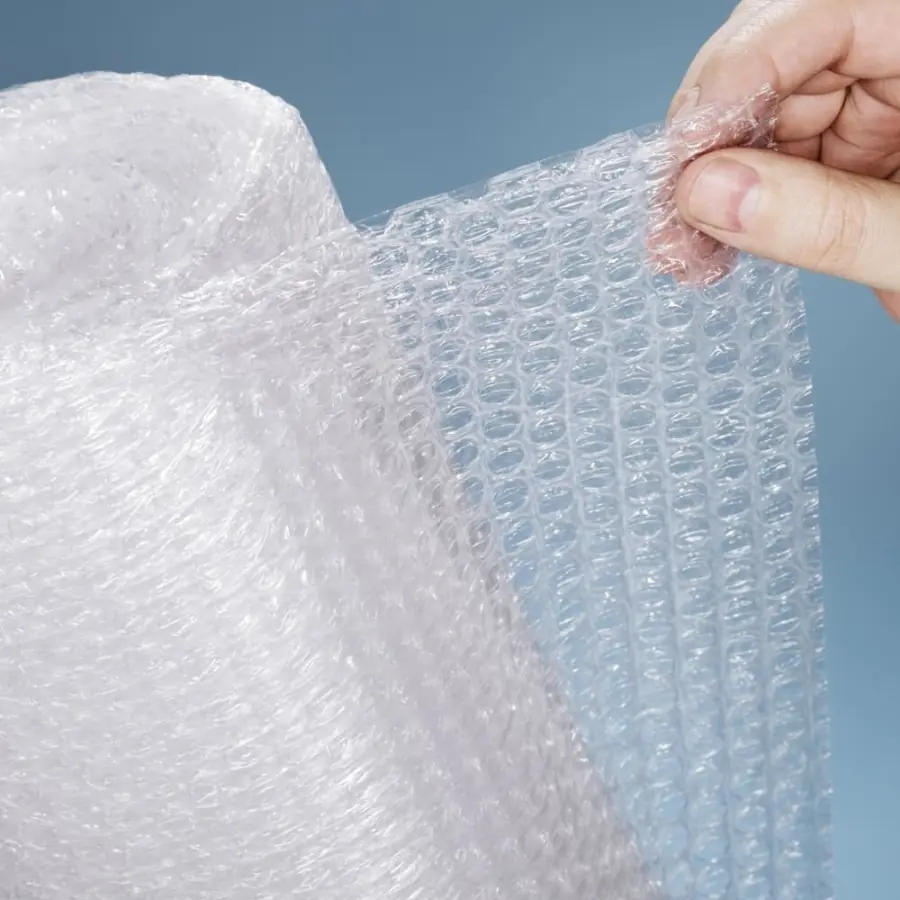
Don't rush to throw away the bubble wrap after use
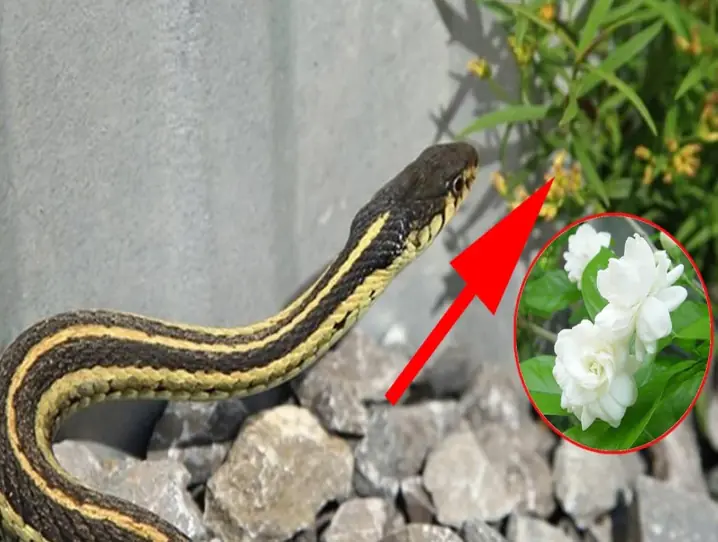
4 types of plants that snakes love, remove them immediately

Tips for getting rid of small insects in the bathroom
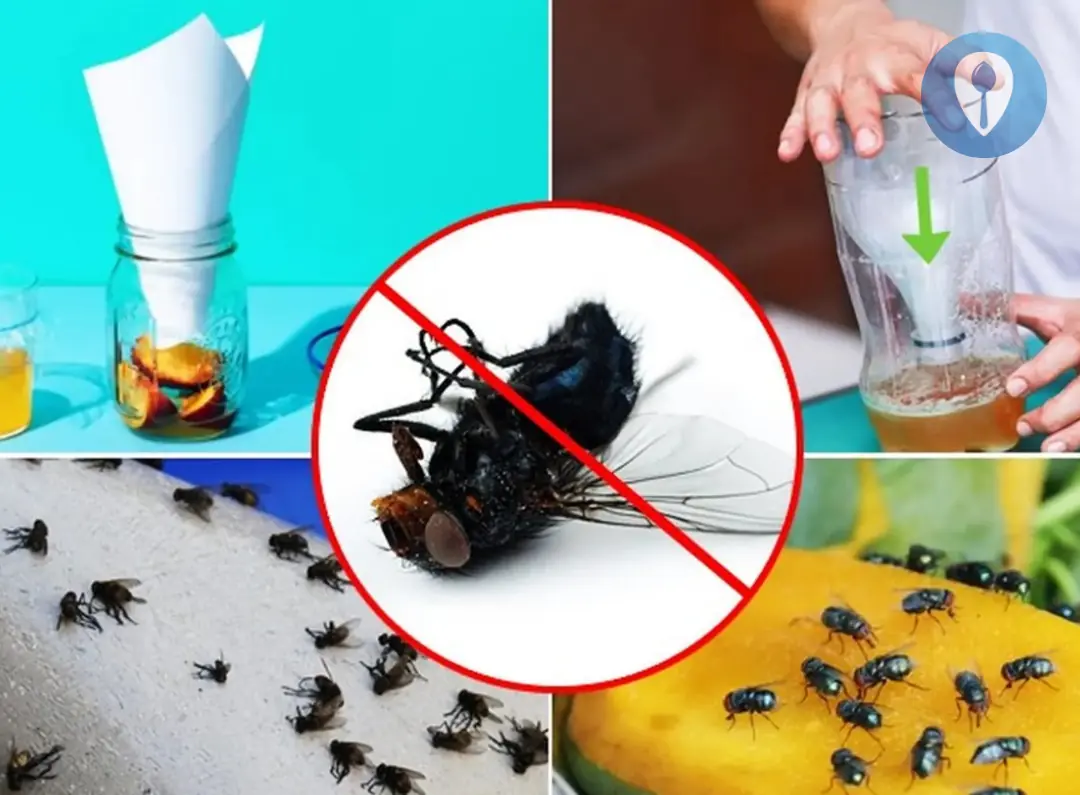
"All" good tips to chase flies, mosquitoes, ants, cockroaches out of the house using cheap ingredients such as
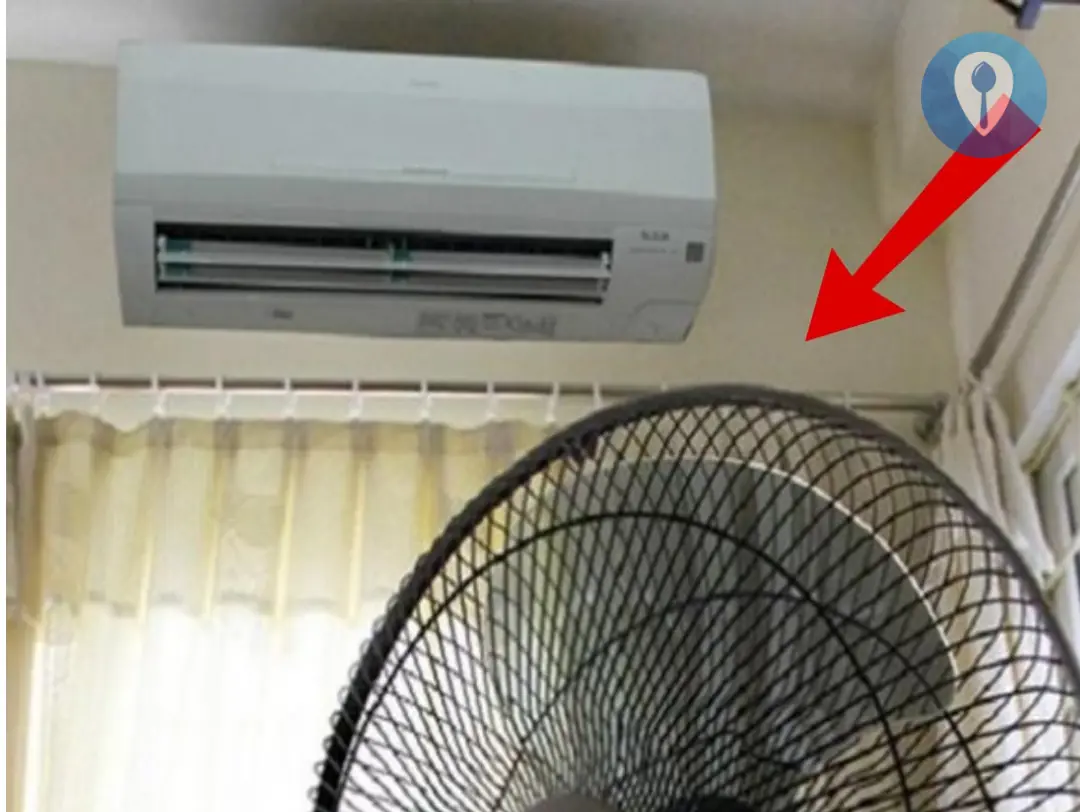
Closing the door and turning on the air conditioner at 29 degrees is wrong
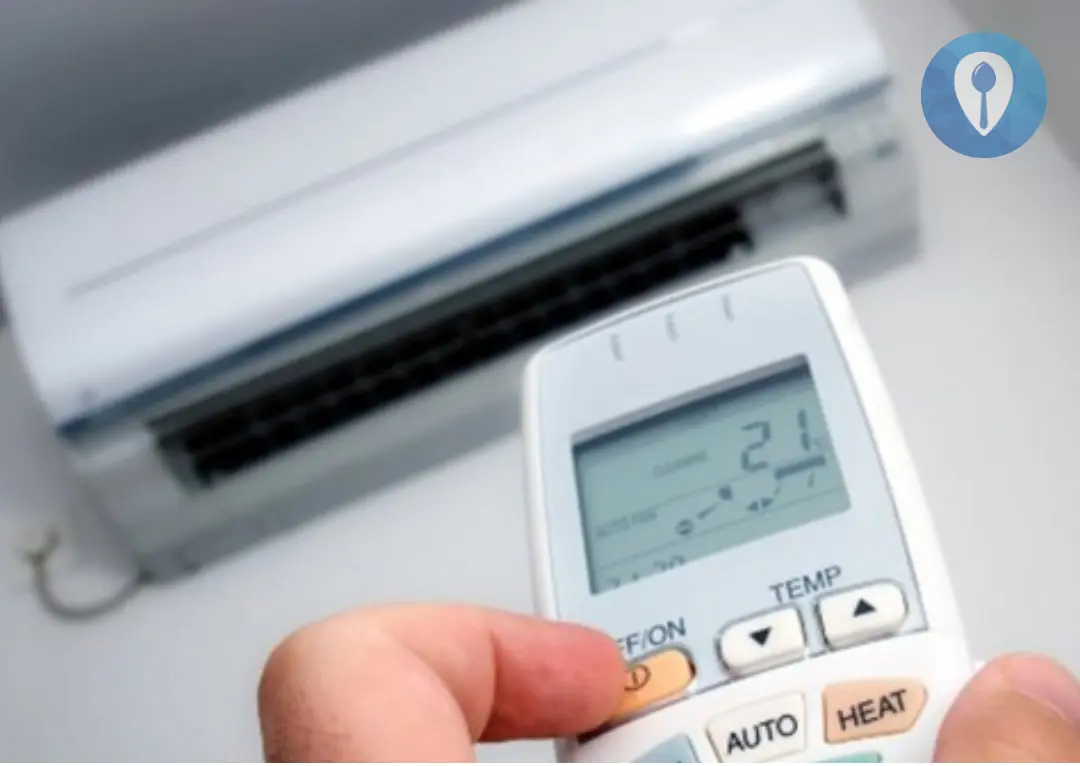
Why shouldn't you turn on the air conditioner for a while and then turn it off
News Post

What is Sleep Paralysis? Causes and Remedies
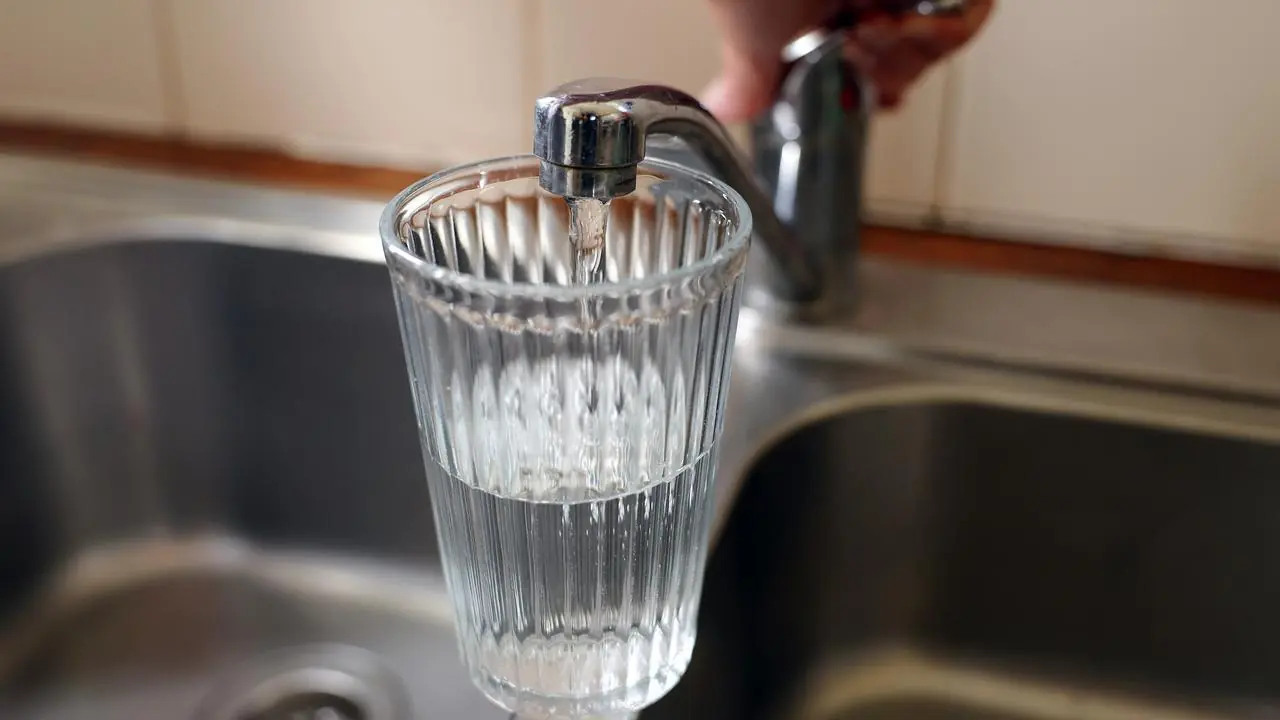
Water fasting doesn't make body remove all cancer, Alzheimer's cells
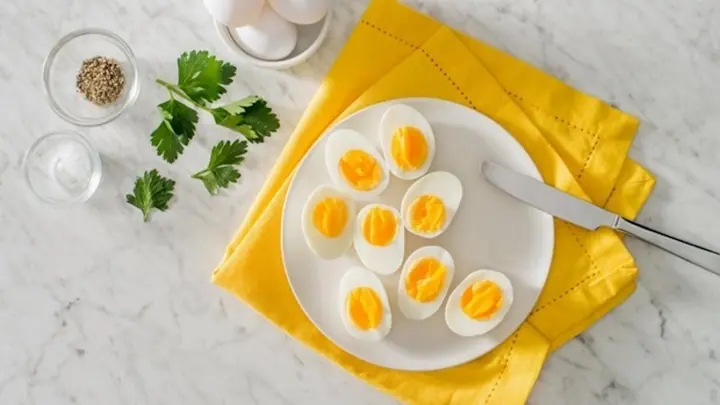
What Happens If You Eat More Than 7 Eggs a Week? The Truth May Surprise You
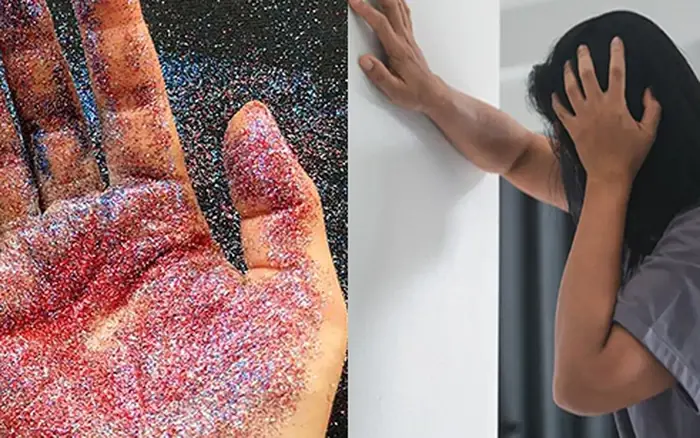
Shoc.king Levels of Microplastics Found in Stro.ke Patients: 6 Tips to Reduce Microplastic Exposure

Why Do Hotels Always Choose White Bed Sheets? The Surprising Secrets Behind This Simple Choice

Chicken with white stripes: Should you eat it or should you throw it away? Hear the experts' answers

Simply washing mushrooms with water isn’t clean enough — add this and dirt will come off automatically

3 symptoms that appear in the morning warn of can.cer

Never ever remove this plant from your garden, it is extremely valuable

Too many geckos in the house, here's a little trick to make them 'go away and never come back'
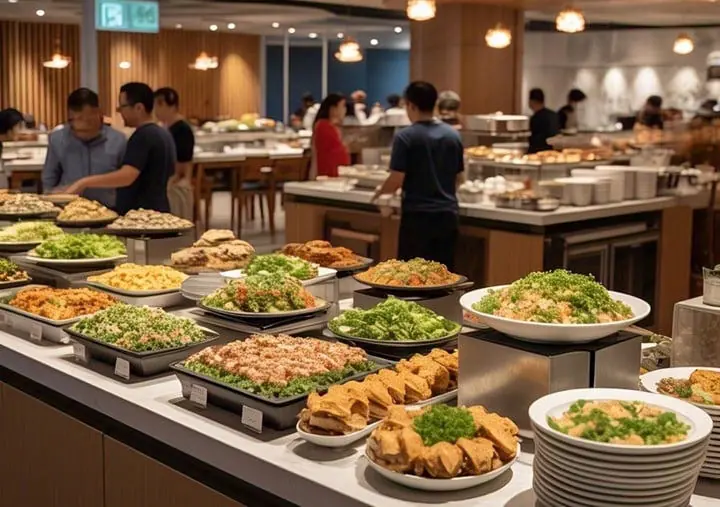
Dining Out? Here Are the Dishes You Should Avoid at Restaurants to Protect Your Health, Wallet, and Enjoyment

Not Bananas! These Are the 2 Naturally "Clean" Fruits With Almost No Pesticides – Nutritious, Delicious, and Often Overlooked at the Market

Quick and Easy Garlic Peeling Hacks: Save Time and Keep Your Hands Odor-Free

Crush this handful of leaves and place it in the room.

12-Year-Old Girl Invents Solar-Powered Blanket To Keep Homeless Warm, Could Save Lives!

3 ABNORMALITIES in the hand warn of liver can.cer
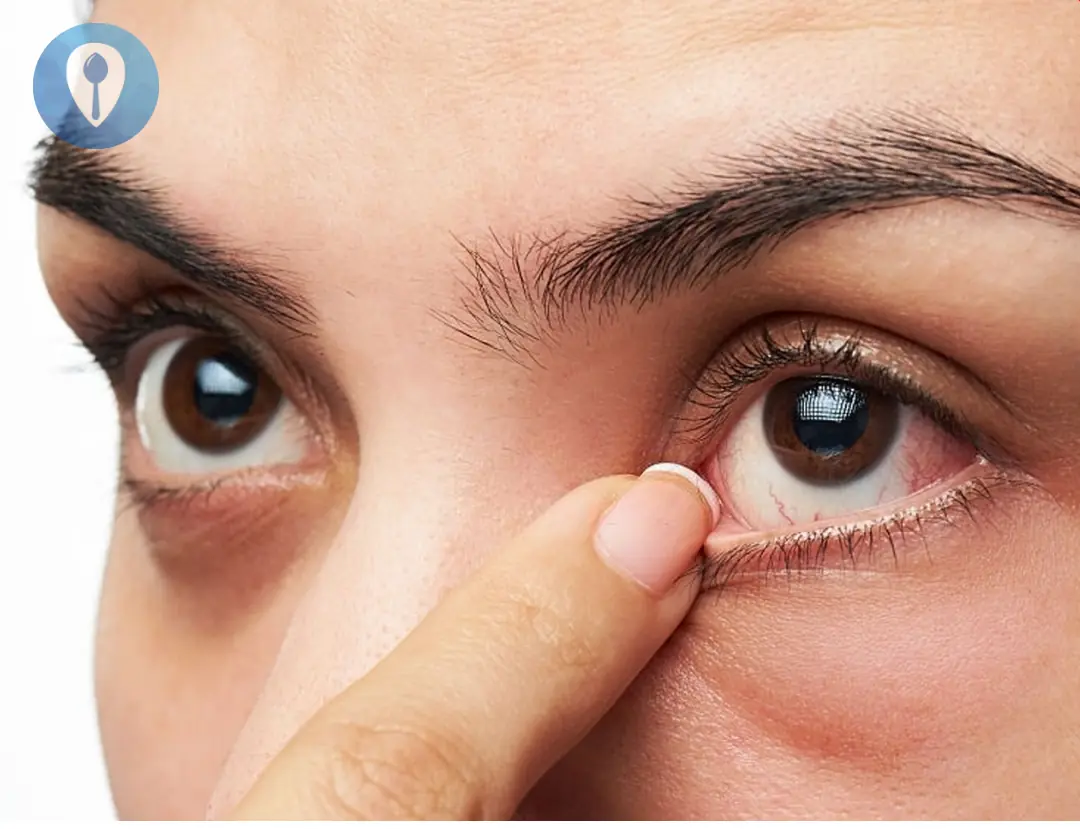
3 signs in the eyes warn of stroke, ca.nc.er 'visit'. Don't ignore!

Dog Uncovers Ancient "Treasure" During a Casual Beach Walk With Owner!
